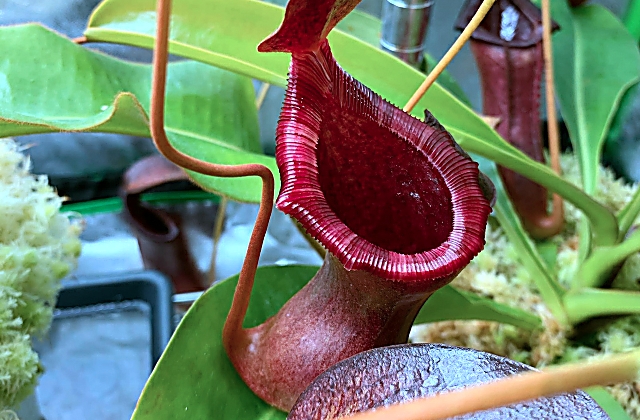Understanding Carnivorous Plants
Carnivorous plants and winter dormancy
Some varieties of carnivorous plants actually go into dormant mode during the winter period. When growing these bug eating plants, one need to know which plants stops growing during winter and go into hibernation. Butterworts, temperate bladderworts, temperate sundews, Sarracenia and Venus flytraps are among those that are in this category. Dormancy happens naturally for these plants just like a human’s sleep cycle. Many beginners will think that their plants have died when they have actually gone into dormant.
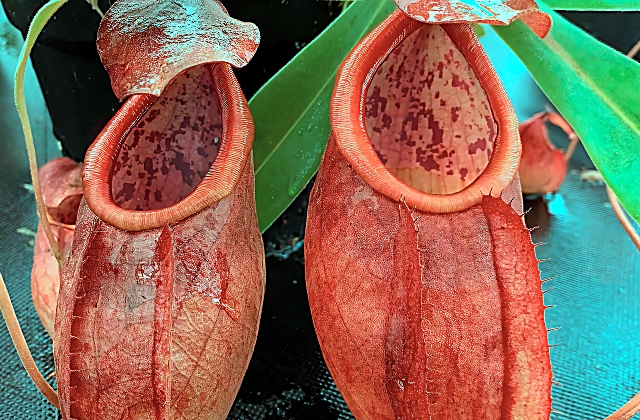
Most of these temperate carnivorous insect eating plants need at least 2.5 months of rest period when conditions turned from hot and sunny to cold and dim. To survive, they will still need water and they could survive even in ice for a period of two weeks. However they will stop growing and will stay dormant until their growth cycle got activated by lights again in spring. Dropping their leaves are common for many species.
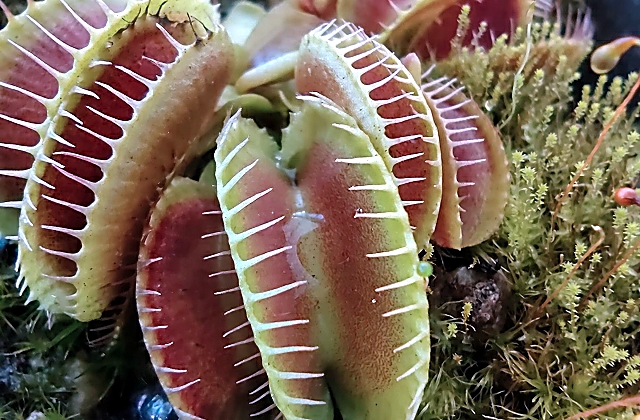
How much sunlight is needed by carnivorous plants?
If you are not sure how much sunlight to give to your carnivorous plants, just give them more light by putting them in a location that gets at least 6 hours of direct sun a day. Don’t attempt to grow your Venus flytrap inside your office as they will not survive with adequate direct sunlight. Without enough sunlight, most of these carnivorous plants will not product working leaves. With enough sunlight, your plants will have colorful foliage, rigid and upright. That is the sign of a healthy plant that gets enough sunlight.
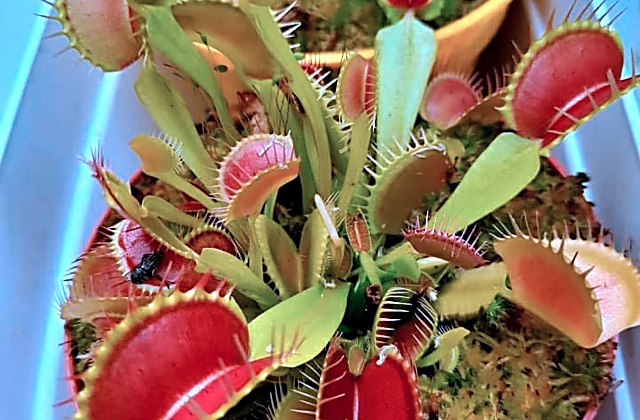
When your carnivorous plants did not get enough sun for a prolonged period, they will become less resistant to pest and will grow slower. A plant that has been deprived of adequate lights will not have enough energy to wake up when entering dormancy. Nepenthes or South African sundews, which are classified as tropical carnivores enjoy a condition of extreme brightness, so it is always a good idea to use artificial lights to supplement their photoperiod.
Temperature for carnivorous plants
A general rule of thumb, if you feel comfortable in jeans and T-shirt around your carnivorous plant, then your plant should be comfortable too. However, some rare species might prefer the temperatures to be especially cold or hot. But those that we could find everyday in plant nurseries, can grow at room temperature. Before exposing your plants to the extremes, it is advisable to keep the plants at a good temperature of 70 degrees. In longer term, when it comes to dormancy, temperature is also important.
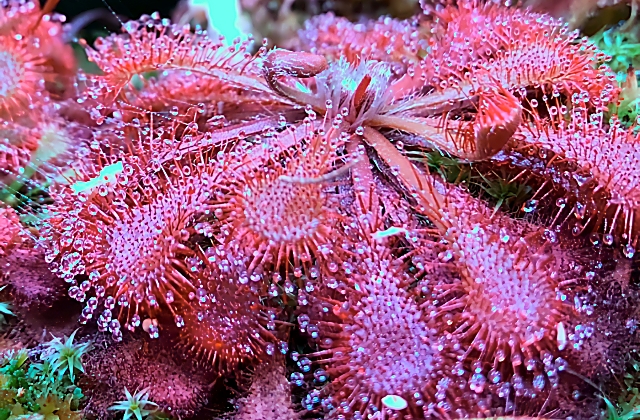
Do carnivorous plants need high humidity?
For those starting out to grow carnivorous plants with their first sundew or flytrap, a complex and humidified grow-chamber is not required to grow healthy plants. Just give them enough water and sun, and you will have a great plant. The simplest care is all that is required to get the best results. However, higher temperatures and higher humidity can help your plants to grow larger in size. With a greenhouse, you can extend the growing season for those temperate species.
